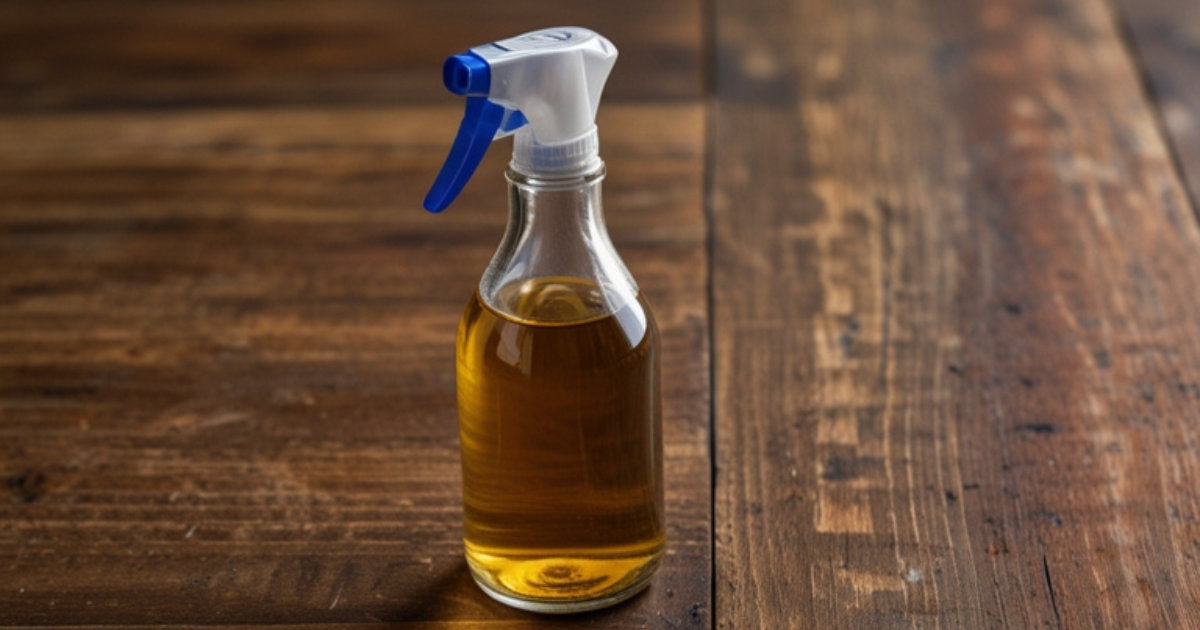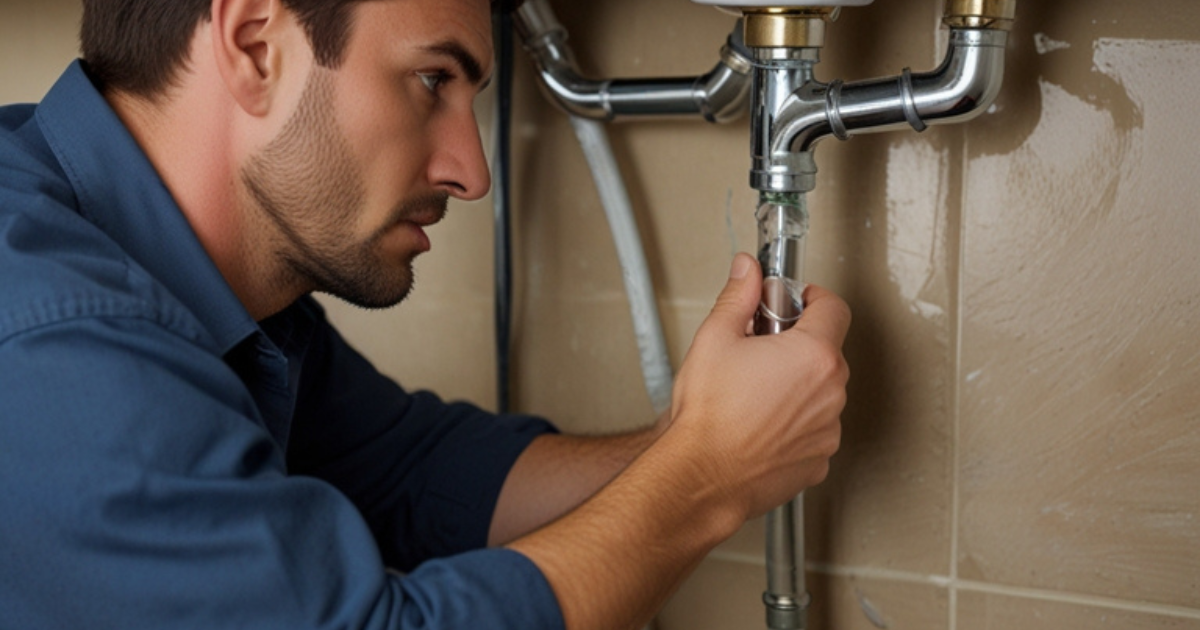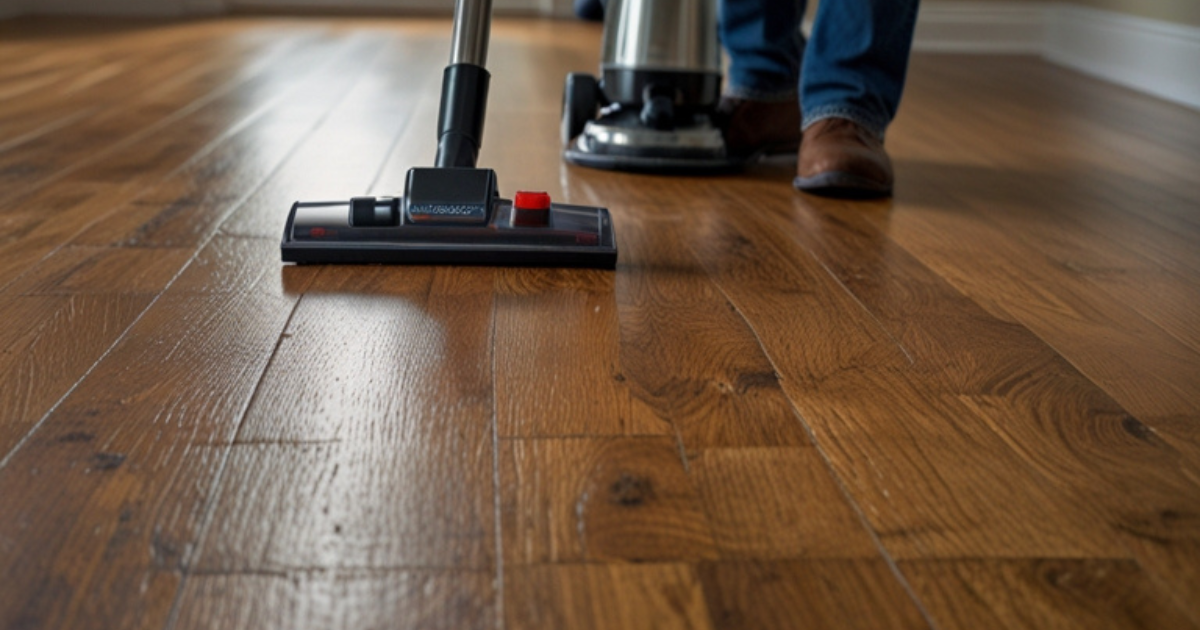Can You Spray Vinegar on Wood? A Complete Guide
Vinegar is a popular household cleaner used for a variety of tasks, from disinfecting countertops to removing stains. But what happens when you use vinegar on wood? Can you safely spray vinegar on wooden surfaces, or will it cause damage over time?
In this article, we’ll explore the benefits and risks of using vinegar on wood, the best practices for cleaning and maintaining wooden surfaces, and alternative solutions for those looking to avoid potential pitfalls. Whether you’re working with hardwood floors, wooden furniture, or wooden cutting boards, this guide will help you make informed decisions about using vinegar on wood.
Why Use Vinegar on Wood?
Vinegar as a Natural Cleaner
Vinegar, particularly white distilled vinegar, is praised for its natural cleaning properties. It’s non-toxic, biodegradable, and highly effective at cutting through grease, grime, and dirt. Many people turn to vinegar as a green cleaning alternative to avoid the harsh chemicals found in commercial cleaners.
For wooden surfaces, vinegar can be beneficial because it helps:
- Remove dirt and dust: Vinegar is effective at lifting dirt and dust from wood surfaces, making it easier to wipe away grime.
- Disinfect: Vinegar has mild antibacterial properties, which makes it useful for disinfecting wood surfaces, especially those that come into contact with food, like cutting boards and countertops.
- Dissolve grease: On wooden kitchen surfaces, vinegar can help break down greasy spots caused by cooking oils and splatters.
Is Vinegar Safe for All Types of Wood?
While vinegar is effective for cleaning, it’s important to consider the type of wood you’re working with. Some types of wood are more sensitive to acidic solutions like vinegar, and prolonged use could lead to damage. Let’s take a closer look at the potential risks and how to minimize them.
Risks of Using Vinegar on Wood
Acidic Properties of Vinegar
Vinegar is mildly acidic, with a pH level around 2.5. This acidity is what makes it effective at cleaning, but it also raises concerns when applied to certain types of wood finishes. Over time, vinegar can erode some finishes and sealants, leading to dullness, discoloration, or even damage to the wood itself. This is especially true for:
- Unsealed wood: Vinegar can seep into the pores of untreated wood, causing the wood to dry out and potentially warp or crack over time.
- Delicate finishes: High-gloss or lacquered finishes can be dulled by vinegar, as the acid gradually wears away the protective layer on the surface.
Potential for Drying Out Wood
One of the main risks of using vinegar on wood is that it can dry out the wood if used too frequently. Vinegar’s ability to cut through grease and grime means it can also strip away natural oils in the wood that are essential for keeping it hydrated and protected. This can result in a dull, lackluster appearance and increase the likelihood of cracking or splitting.
Vinegar and Wood Stains
Another concern is the potential impact of vinegar on wood stains. Certain wood stains and dyes can react poorly to vinegar, causing discoloration or uneven fading. This is especially true if the wood has been stained with darker colors, which may become lighter or patchy after repeated exposure to vinegar.
How to Safely Use Vinegar on Wood
Diluting Vinegar for Wood Cleaning
To avoid damaging wood surfaces, it’s important to dilute vinegar before using it on wood. A diluted solution is less likely to harm the finish or dry out the wood, while still being effective at cleaning.
DIY Vinegar Wood Cleaner Recipe:
- 1 cup of water
- 1/4 cup of white distilled vinegar
Mix the vinegar and water in a spray bottle and shake well before each use. This diluted solution is safe for most wood surfaces when used sparingly and wiped away quickly.
Spot Testing
Before spraying vinegar on any wood surface, always do a spot test in an inconspicuous area. This will help you determine whether the vinegar solution will cause any damage, discoloration, or dulling of the finish. If the wood responds well, you can proceed with cleaning the entire surface.
Using a Damp Cloth Instead of Spraying
Instead of directly spraying vinegar onto wood, try using a damp cloth. Spray the diluted vinegar solution onto a microfiber cloth or soft rag, then wipe down the wood surface. This method gives you more control over the amount of liquid applied to the wood and reduces the risk of over-saturating the surface.
Wipe and Dry Immediately
After cleaning with vinegar, always use a dry cloth to remove any excess moisture from the wood. This helps prevent water damage and ensures that the wood doesn’t absorb too much liquid, which could lead to warping or cracking over time. The key is to avoid letting the vinegar sit on the wood for extended periods.
Protect the Finish with Oil
If you regularly clean wood surfaces with vinegar, it’s a good idea to apply a wood oil or polish after cleaning to replenish the natural oils in the wood. Products like mineral oil, beeswax polish, or lemon oil can help protect the wood and keep it hydrated, preventing it from drying out or losing its shine.
When Not to Use Vinegar on Wood
Unfinished or Untreated Wood
Vinegar should not be used on unfinished or untreated wood surfaces, as the acid can seep into the pores and damage the wood from within. For these types of wood, it’s better to use a mild soap and water solution, followed by an oil or wax treatment to protect the surface.
Delicate Finishes
Avoid using vinegar on wood surfaces with delicate or high-gloss finishes, such as those found on antique furniture or piano tops. The acidic nature of vinegar can strip away the glossy layer, leaving the wood looking dull and potentially damaging the protective coating.
Alternatives to Vinegar for Cleaning Wood
If you’re concerned about using vinegar on your wood surfaces, there are several other natural and effective alternatives for cleaning and maintaining wood:
1. Olive Oil and Lemon Juice
For a gentler cleaner, mix olive oil with lemon juice. This combination cleans the wood while nourishing it with natural oils, keeping it hydrated and shiny.
Recipe:
- 1/2 cup of olive oil
- 1/4 cup of lemon juice
Apply the mixture to a soft cloth and gently wipe down the wood surface. Afterward, use a dry cloth to buff the surface and remove any excess oil.
2. Castile Soap and Water
For regular cleaning of wood surfaces, a solution of Castile soap and water can be highly effective. Castile soap is a natural, plant-based cleaner that is mild and gentle on wood surfaces.
Recipe:
- 1 tablespoon of Castile soap
- 1 quart of warm water
Use this solution to clean wood surfaces with a soft cloth, then wipe away any moisture with a dry cloth.
3. Baking Soda for Spot Cleaning
If you’re dealing with sticky spots or stains on wood, baking soda can be a useful tool. Sprinkle a small amount of baking soda onto a damp cloth and gently rub the stained area. Be sure to wipe away any residue with a clean, damp cloth, followed by drying the surface with a soft towel.
Conclusion
So, can you spray vinegar on wood? The answer is yes, but with caution. Vinegar can be a useful and effective cleaner for certain wood surfaces, especially when diluted and used sparingly. It’s excellent for removing dirt, disinfecting surfaces, and eliminating odors. However, overuse or using vinegar on untreated or delicate wood finishes can lead to damage, drying, or discoloration.
By following best practices—such as diluting the vinegar, spot testing, and drying the wood immediately—you can safely use vinegar to clean and maintain your wood surfaces. For more delicate or high-maintenance woods, consider using alternative natural cleaners like olive oil and lemon juice or Castile soap to preserve the beauty and integrity of the wood.
Ultimately, with the right approach, vinegar can be a valuable tool in your cleaning routine, helping to keep your wood surfaces clean and shining for years to come.




Post Comment